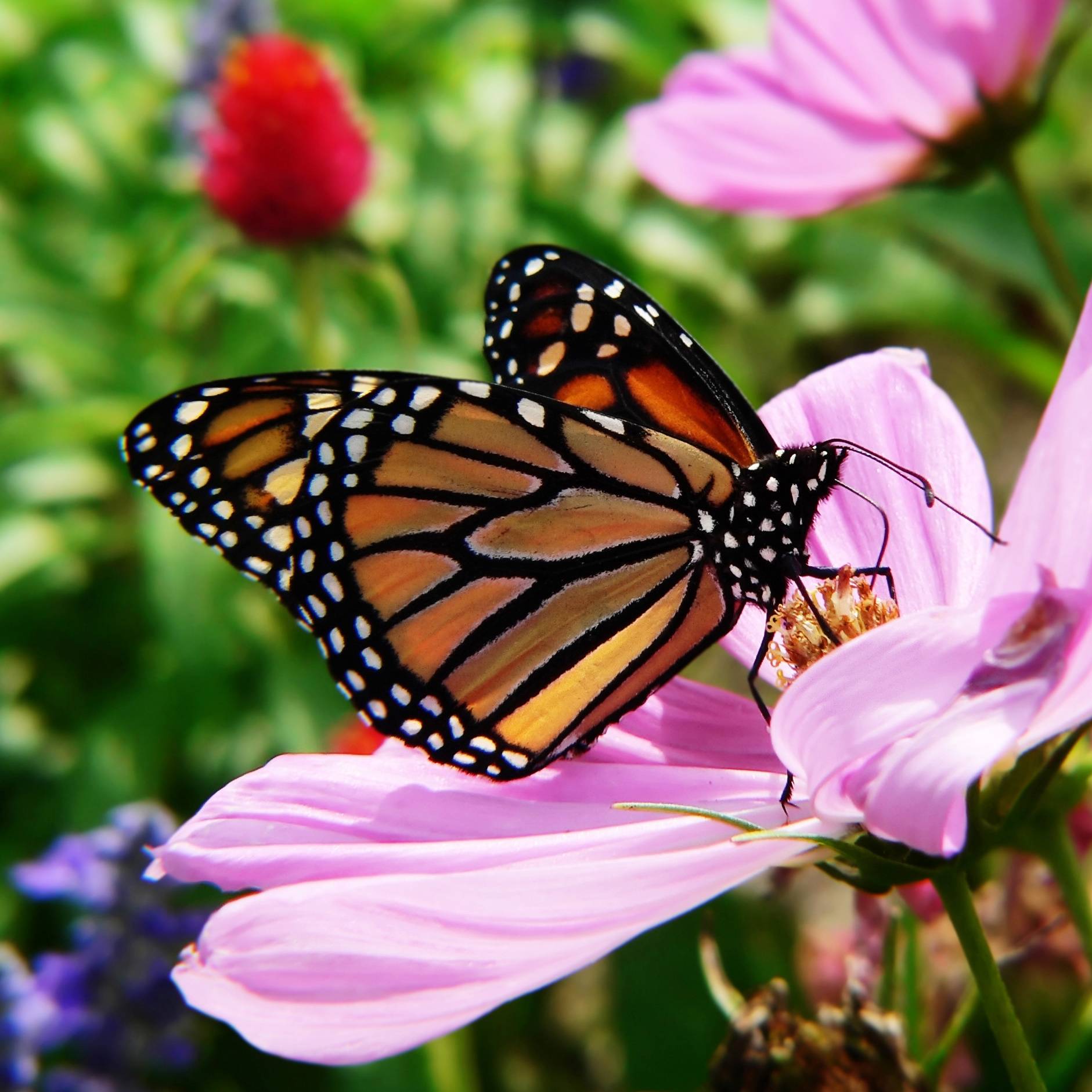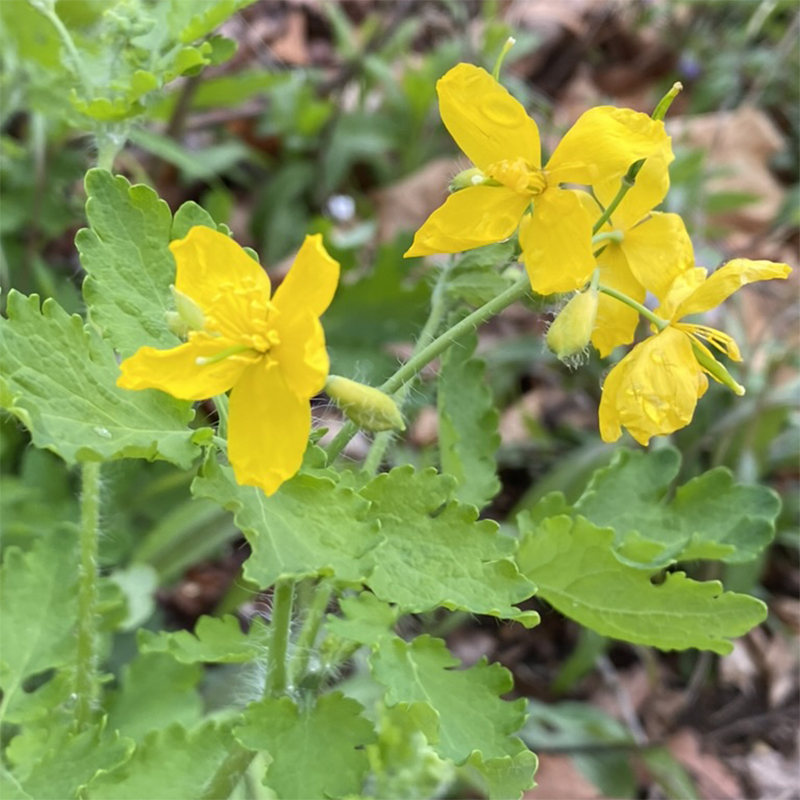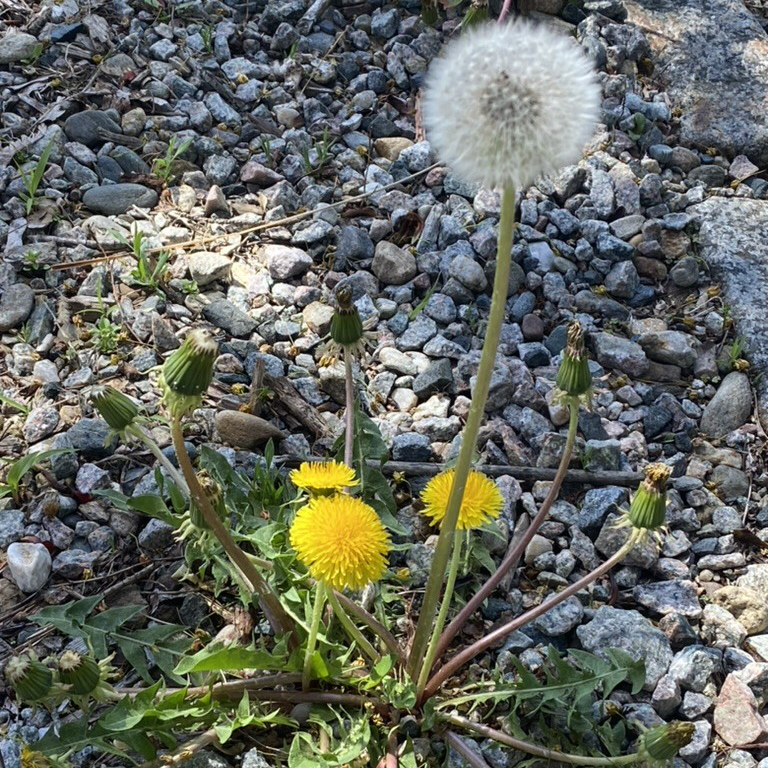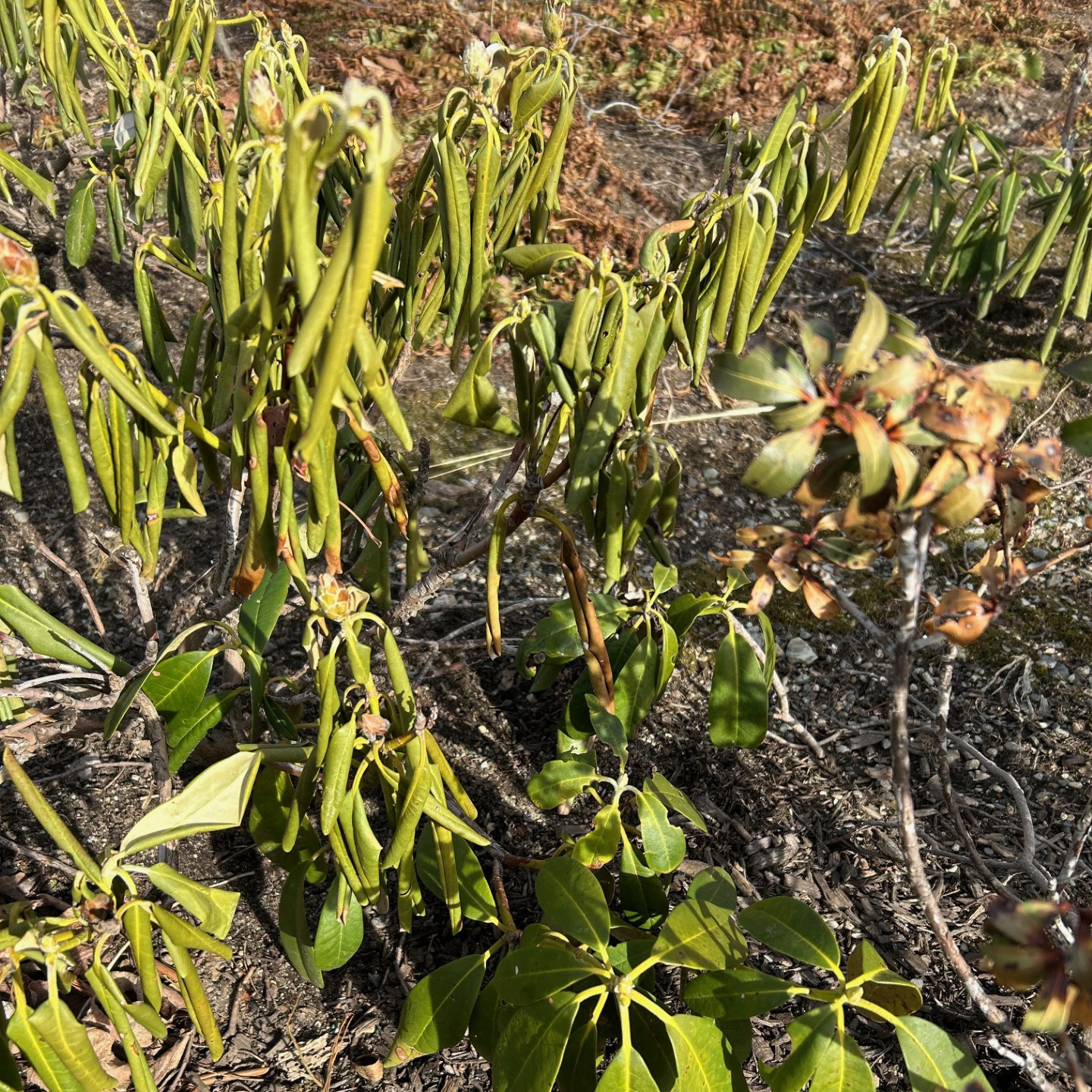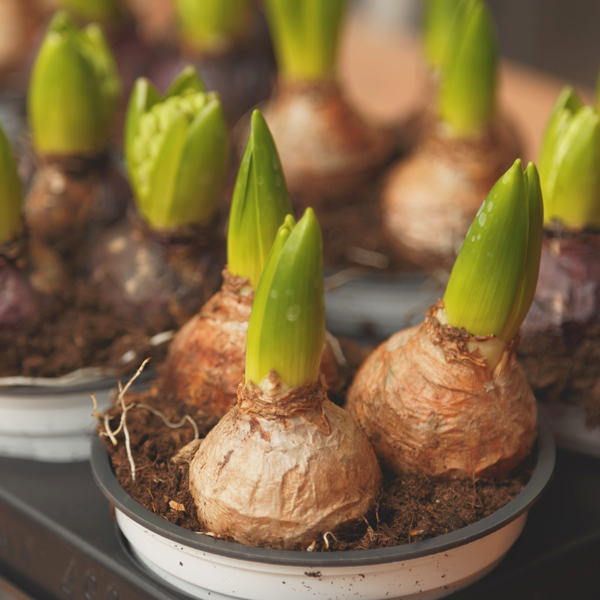
As the days get shorter and the weather cooler, we could all use a taste of summer brightness and color in our lives. Forcing bulbs indoors is one of the easiest ways to perk up our indoor environments and provide a winter pick-me-up. Forcing bulbs indoors can also provide stunning holiday decoration for Thanksgiving and Christmas. Indoor bulbs, started in a beautiful container, ready to grow, also make wonderful gifts. Bulbs that are native to warmer climates do not require a cold period to initiate blooming. Paperwhite narcissus and amaryllis fall into that category and are the most popular bulbs to force indoors in the winter because they are super easy to grow.
Paperwhites:
- Select a container that is at least 3-4 inches deep, without drainage holes.
- Add enough pebbles or marbles to form at least a 2 inch layer at the bottom of the container.
- Place the paperwhite bulbs on top, with pointy tips facing up. Crowd the bulbs together for the best display.
- Sprinkle more stones around the bulbs so that just their tops peek out.
- Add enough water to reach the base of the bulb. Don’t cover the bulbs with water as they could rot if submerged.
- Check the water level every couple of days, adding enough, when needed, to keep the base of the bulbs in contact with the water.
- Alternatively, you can grow paperwhites in potting medium. Place bulbs in the soil with tips protruding, water as needed.
- Whether growing in pebbles or in soil, place in direct light once they have sprouted. The warmer the temperature, the faster they will grow.
- With minimal effort, you will have a gorgeous and fragrant indoor display of blooms in 4 to 6 weeks. At this point, the container can be moved to a shadier/cooler location to prolong bloom time.
- Once the blooms are spent, bulbs can be composted.
Amaryllis:
- Choose a container that is 1 ½ to 2 inches wider than the bulb, deep enough to accommodate the bulb, and handle this top heavy bloom.
- You can plant 3 or 4 amaryllis bulbs in one pot for a magnificent display but be sure to choose a large enough container.
- Plant the bulb, pointy side up, in a well-draining potting mix so that the top 1/3 is protruding above the soil line.
- Water but be careful not to pour water directly where the sprout emerges. Continue to water only when needed to keep soil slightly moist. Do not overwater as bulbs are prone to rot.
- Place in bright, indirect light.
- Within a few weeks, bulbs will begin to sprout and flowers should emerge within 6 to 8 weeks. These stunning, colorful blooms will last for weeks. Keep flowering plants in a cool/shady location to prolong the blooms.
- When blooms are spent, they can be composted. Alternatively, you can keep and care for the bulbs in order to reuse next year: Cut flower stalk to with an inch of the bulb. Keep plant (only foliage) waters and in a bright spot. Plant bulbs in the ground once the weather warms in the spring. Dig them up in the fall to rest before forcing once again.


